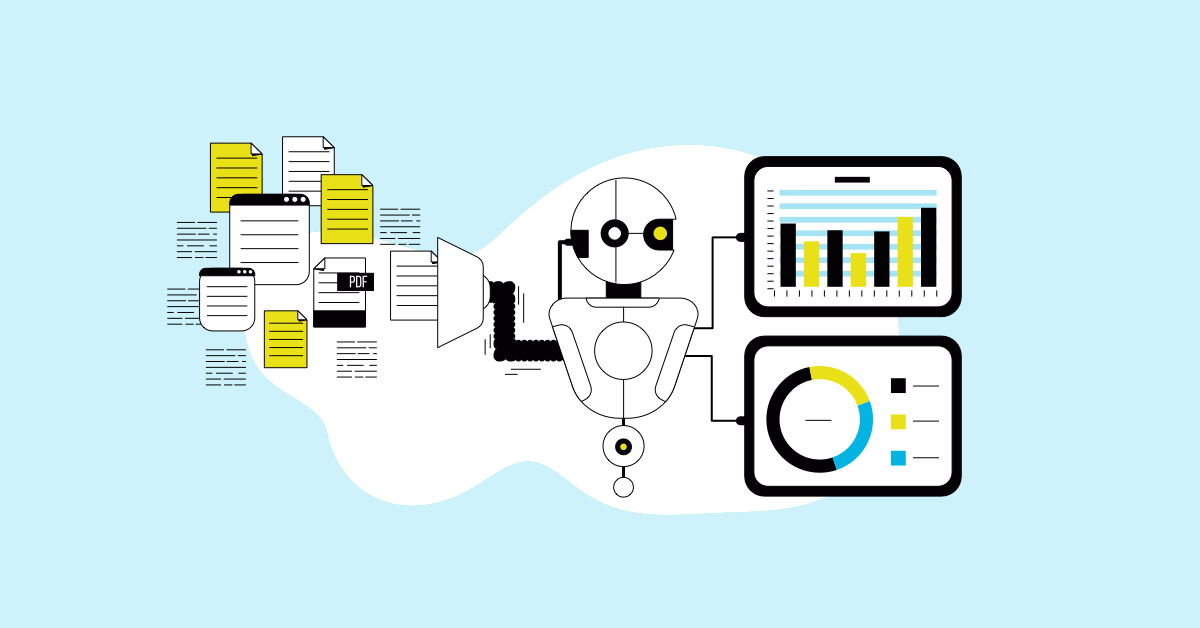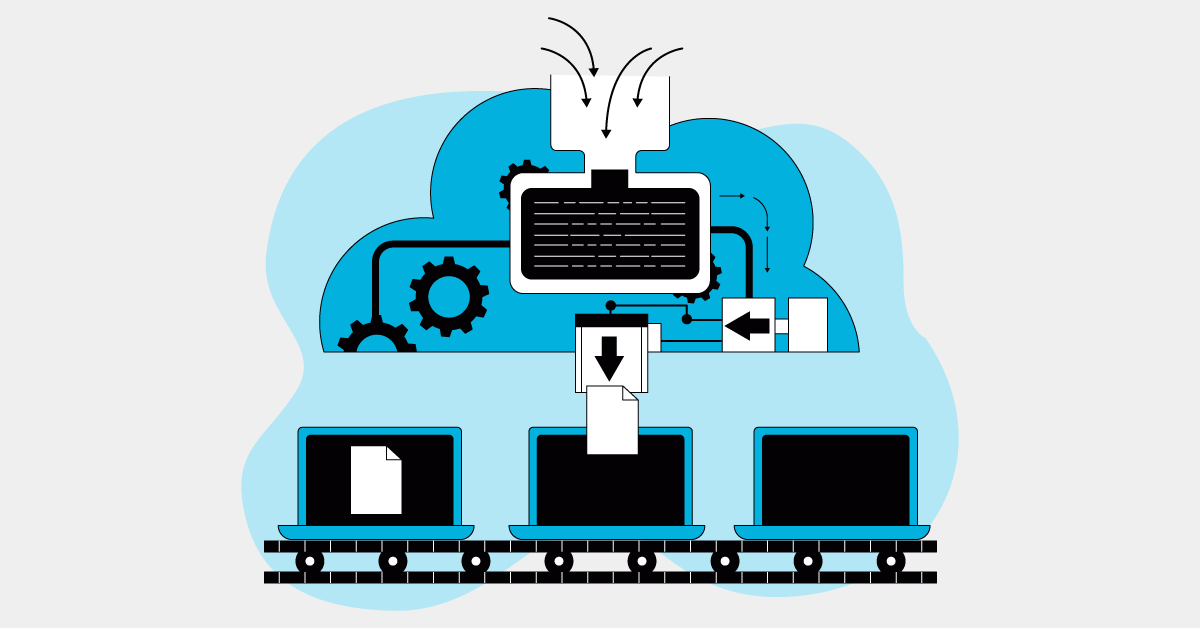The rapid development of artificial intelligence (AI) in recent years has transformed several industries, including software testing. AI-powered test automation solutions have had a tremendous impact on test automation, allowing organizations to improve their testing capabilities and efficiently deliver high-quality software products. However, AI in test automation, like any technological innovation, has both advantages and challenges.

Before we explore the pros and cons of incorporating AI tools in UI test automation, API test automation, and mobile test automation, let’s tackle the million-dollar question: “Does AI replace jobs in test automation?”
No, AI does not completely replace jobs in test automation, particularly in the field of software testing. AI tools serve as valuable assets that allow testers to be more efficient and effective. By automating repetitive tasks, generating intelligent test cases, and detecting potential issues, AI tools assist testers in optimizing the testing process. While AI can automate certain aspects of testing, human testers still play a crucial role in designing test strategies, analyzing results, and exercising critical thinking skills.
Impacts of AI in Test Automation
AI in test automation does lead to changes in the workforce, as the number of testers needed for repetitive or tedious work may decrease. This transition, however, creates new opportunities for testers to focus on higher-level activities requiring human knowledge, such as sophisticated scenario testing, exploratory testing, automated regression testing, and user experience evaluation. It is important to view AI as a collaborative partner rather than a replacement. Testers can work alongside AI tools to leverage their capabilities and augment their own skills. This allows testers to adapt to the changing landscape of test automation and deliver high-quality software products more efficiently.
AI in Test Automation for Web-UI
In this section, we’ll explore the pros and cons regarding the impacts of AI in test automation for WEB-UI.
Pros
Intelligent Test Generation
AI tools can intelligently analyze application behaviors, learn from trends, and produce test cases. This may successfully explore alternative user pathways, resulting in greater test coverage and efficiency. For example, AI-powered visual testing tools like Applitools can identify visual bugs and inconsistencies across various platforms and screen resolutions, saving valuable time and effort.
Self-healing Tests
AI-based test automation solutions can automatically adapt to changes in the application’s user interface, saving maintenance efforts. These tools can detect changes in UI elements and update test scripts accordingly, ensuring that tests run smoothly. An example of this is Testim’s Autonomous Testing which uses machine learning algorithms to self-heal test scripts, allowing test automation engineers to focus on critical test scenarios rather than mundane maintenance tasks.
Cons
Complex Test Setup
Integrating AI technologies into UI test automation often requires a substantial initial investment in training the models and setting up the testing environment. Organizations may find it necessary to acquire specialized skills or allocate additional resources to ensure the effective integration and utilization of these solutions.
Dependency on Training Data
To produce accurate predictions and provide interesting test cases, AI models rely extensively on training data. If the training data is inadequate or biased, false positives or false negatives may occur, reducing the overall effectiveness of UI test automation.
AI in Test Automation for APIs
Now, let’s look into the pros and cons of AI in Test Automation for APIs.
Pros
Enhanced Test Coverage
Based on acquired patterns and data dependencies, AI tools may analyze API interactions and build test cases, revealing complicated cases and boosting test coverage by intelligently examining different combinations of API calls. For example, Postman’s API testing collection runner leverages AI techniques to automatically generate API tests, reducing the effort required to create comprehensive test suites.
Performance Optimization
AI-powered technologies can analyze API response times, identify bottlenecks, and optimize test execution for greater performance. These technologies enable organizations to build highly responsive applications by simulating realistic user loads and identifying performance concerns. An example of this is LoadNinja by SmartBear which allows load testing with AI-generated virtual users, simulating realistic scenarios to identify performance bottlenecks and optimize API response times.
Cons
Limited Support for Complex Protocols
While AI tools excel at testing RESTful APIs, they may struggle with complicated protocols like SOAP or GraphQL. These protocols frequently require manual intervention or specific setups, restricting the scope of AI applications.
Misinterpretation of Context
AI models may struggle to comprehend the context of API calls, potentially resulting in incorrect outcomes such as false positives or false negatives. Situations involving conditional API responses or dynamic payloads may be challenging for AI-powered systems to manage and will require manual validation to ensure accurate results.
AI in Test Automation for Mobile
In terms of the advantages and challenges regarding AI for mobile test automation, here are some that may arise.
Pros
Fragmentation Management
AI tools are capable of handling a wide range of mobile devices, screen sizes, and operating system versions. These technologies enable extensive test coverage across many devices by automatically adapting test cases to varied mobile setups. An example of this can be Appium’s AI-powered mobile test automation that can automatically identify elements on different mobile platforms, reducing the effort required to maintain platform-specific tests.
Intelligent Test Prioritization
AI technologies can analyze user behavior patterns and prioritize test cases based on their importance and relevance. This ensures that important functionalities and frequently used features are adequately tested, hence improving overall test effectiveness. An example of this is Kobiton’s AI-based mobile testing platform which uses machine learning algorithms to prioritize test cases, enabling organizations to focus on high-priority scenarios and expedite release cycles.
Cons
Complex Setup and Configuration
Configuring emulators, simulators, or actual devices for mobile test automation is often difficult and time-consuming. Incorporating AI tools complicates the setup even more, necessitating additional expertise or resources.
Contextual Challenges
AI tools may struggle to handle context-specific scenarios, such as location-based services, device-specific features, or interactions with other apps. Manual intervention or customization may be necessary to ensure accurate testing in such cases.
AI in Test Automation for Performance
In this section, we’ll take a closer look at the pros and cons of AI on Performance Test Automation.
Pros
Scalability and Realistic Load Generation
Performance test automation has been revolutionized by AI-powered tools that simulate large numbers of virtual users, creating realistic load scenarios. These tools leverage machine learning algorithms to analyze user behavior patterns and dynamically adapt the load based on real-time data. This approach guarantees accurate performance testing, enabling organizations to uncover potential bottlenecks and optimize their applications for optimal performance. For example, BlazeMeter’s AI-driven performance testing platform automatically scales virtual users based on traffic patterns, allowing organizations to simulate realistic scenarios and identify performance bottlenecks.
Intelligent Performance Analysis
AI tools may analyze performance test results and find patterns or anomalies that may affect the operation of the application. These tools are capable of detecting performance degradation, memory leaks, and resource bottlenecks, as well as offering actionable insights for performance optimization. An example of this is Dynatrace’s AI-powered performance monitoring platform uses machine learning algorithms to analyze application performance metrics in real time, identifying root causes and suggesting performance improvements.
Cons
Complex Test Environment Setup
The test environment for performance test automation can be complex, requiring several servers, load balancers, and network setups. Incorporating AI technologies adds another degree of complexity, necessary skills, and resources to configure and integrate these tools appropriately.
Limited Support for Custom Performance Metrics
In performance test automation, AI technologies frequently rely on predefined performance measurements and thresholds. When employing AI-powered technologies, organizations with unique performance metrics or custom criteria may confront limits that necessitate direct intervention or adaptation.
In Summary
The impacts of using AI in test automation are undeniably significant, offering benefits such as improved test coverage, efficient test generation, and enhanced performance optimization. However, it’s important to recognize the challenges that come with adopting AI, including complex setup, reliance on training data, limited protocol support, and contextual difficulties.
Organizations need to carefully assess these trade-offs and select AI tools that align with their specific testing requirements and available resources. By finding the right balance, they can harness the power of AI to maximize the advantages of test automation and deliver high-quality software products in today’s ever-evolving technological landscape.
Frequently Asked Questions
1. What are the primary benefits of using AI in test automation?
Key benefits include intelligent test generation, self-healing tests, enhanced test coverage, performance optimization, and scalability for load testing. AI can analyze data to prioritize tests, adapt to changes in interfaces, and identify performance bottlenecks.
2. What are the challenges associated with implementing AI in test automation?
Challenges include complex test setup, the need for extensive training data, potential issues with handling complex protocols or contextual scenarios, and ensuring the accuracy and reliability of AI-generated results.
3. How does AI improve mobile test automation?
AI improves mobile testing by managing device fragmentation, prioritizing test cases based on user behavior, and automating the identification of elements across various mobile platforms, reducing the effort needed to maintain platform-specific tests.
4. Is there a risk of AI misinterpreting test results or context?
Yes, there is a risk of AI misinterpreting context, especially in API testing or complex scenarios. This can lead to false positives or negatives. Therefore, manual validation is often necessary to ensure accurate results alongside AI-powered testing.




%20(1).png?width=150&height=69&name=MuukTest-logo---light-background%20(3)%20(1).png)

